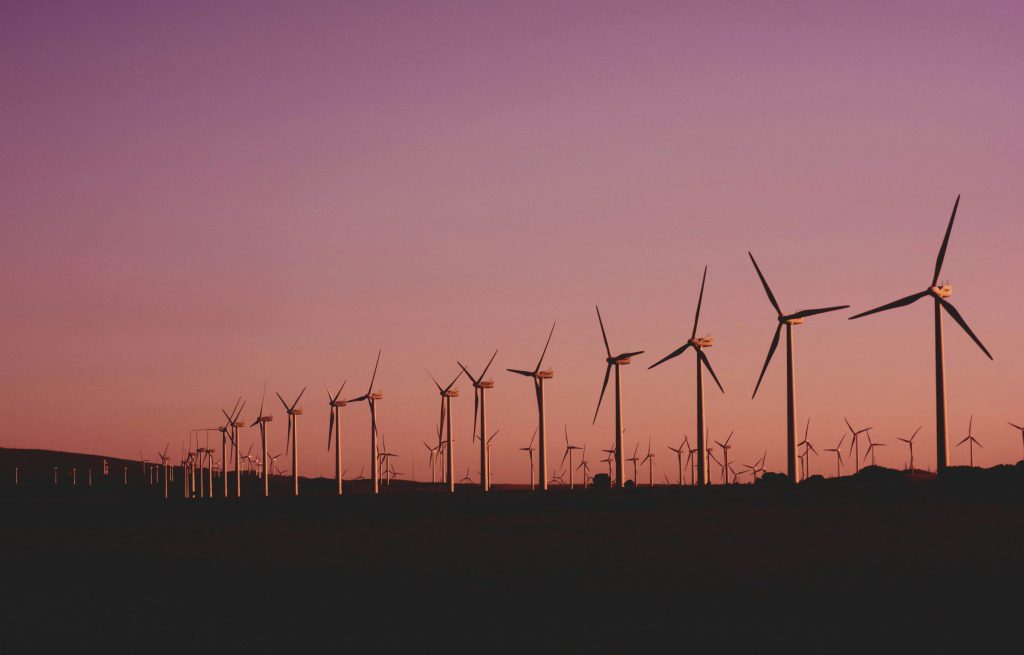from 76.38 Gigawatts (GW) in 2014 to 203.1 GW in 2024
India’s total energy consumption per capita reached 0.8 toe, half of the Asian average, with electricity consumption per capita reaching 985 kWh in 2023. Total energy consumption has also continued to grow significantly (6.5 percent year on year since 2020, of which 5 percent in 2023), reaching 1.14 Gtoe in 2023.
Coal remains the country’s top energy source, with an increasing share of 49 percent in 2023, followed by oil (22 percent) and biomass (20 percent). Natural gas covers 5 percent of the total, and primary electricity (hydro, nuclear, solar, and wind) covers 4 percent. However, oil production in the country has declined by 21 percent since 2010, reaching 33 Mt in 2023.
It is worth mentioning that India is the world’s third-largest importer of crude oil, reaching its highest level in 2023 at 234 Mt, while crude oil imports represented 93 percent of the country’s oil needs. India is also a net oil product exporter (18 Mt in 2023), although its net exports have fallen by 40 percent since 2018.
Oil product consumption has rebounded by 7 percent since a sharp drop in 2020 (minus 10 percent) and reached 245 Mt in 2023. Of the total consumption for 2023, 53 percent was used in transport, 19 percent in industry, and 14 percent in the residential, services, and agriculture sectors. Gas consumption increased by 11 percent to 70 cm in 2023 due to the high gas process deterring imports. Between 2014 and 2023, gas consumption increased by 3.3 percent annually.
Industry consumed a lot of gas, 36 percent in 2023 (mainly fertilizer plants), followed by electricity production (20 percent), transport (19 percent), and the residential and services sector, which accounted for 2 percent.
Coal and lignite consumption has increased rapidly since 2020, reaching 1.3 Gt in 2023, while consumption declined in 2019 and 2020. In 2023, power generation and industry were the main consumers of coal and lignite, with 62 percent and 34 percent, respectively.
India seeks to deploy 100 GW of solar power over 2010-2022 (73 GW in 2023). The government also set the target of 40 GW of rooftop solar capacity by mid-2022 (only 10 GW installed at the end of 2023). A new subsidy scheme for rooftop solar was released in April 2024 to meet the target by 2026.
In its updated NDC (2022), India identified a target of reducing its percentage of CO2 emission intensity of GDP by 45 percent in 2030, compared to 2005. In 2021, the country pledged to reach net-zero emissions by 2070.
India’s installed renewable energy capacity has increased by 165 percent over the past decade, rising from 76.38 Gigawatts (GW) in 2014 to 203.1 GW in 2024. With significant advancements in solar and wind power, India now ranks fourth globally in renewable energy capacity.
Given India’s expanding population base and commitment to moving away from dependence on fossil fuels and green growth, renewable energy is no longer a choice for India but a necessity for the nation’s sustainable growth and development.





